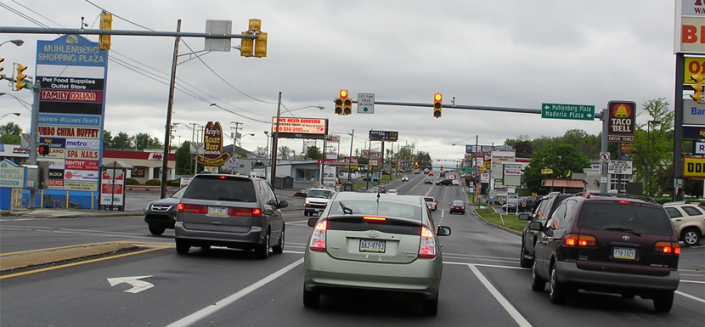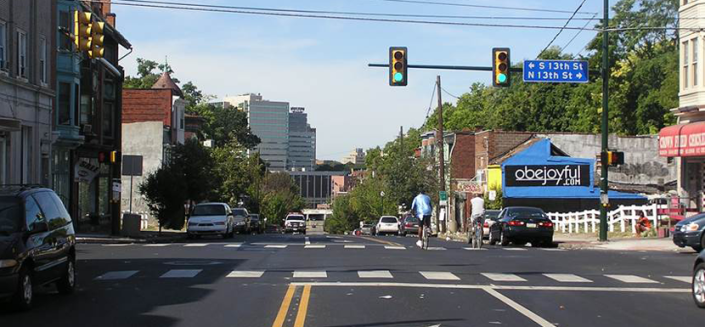All across the country, governments are struggling to maintain their road and bridge infrastructure with the limited budgets they have available, but not in Cumberland County, Pennsylvania. HRG and the county are using a proven strategy of capital improvement planning to deliver safe, modern transportation systems for the local community.
Though county officials had dutifully maintained and repaired their bridges for years, time had taken its toll, and several were in need of replacement. Unfortunately, the county did not have the funds to replace even one of these bridges.
Beginning in 2009, HRG conducted NBIS inspections of the county bridges and developed a capital improvement plan that prioritizes any repair or replacement needs based on a variety of factors that consider the bridge’s condition and its importance to the local transportation network.
The program also provides planning level cost estimates, which enables the county’s managers – with HRG’s assistance — to pursue funding opportunities and direct maintenance dollars to the appropriate bridges. As an added benefit, the capital improvement program’s level of planning and detail makes it a great tool for communicating progress with constituents.
Being proactive, the county works collaboratively with planning partners and government agencies to program the funds it needs, so that it can replace its bridges long before they need to be load-posted or are in danger of failure.
Since 2009, the county has completely replaced 2 bridges, performed superstructure replacements to 2 bridges, rehabilitated 2 historic bridges, and initiated the design of 4 other bridge replacements. It has also performed maintenance and repairs to 5 bridges and has plans to rehabilitate a historic covered bridge.
Cumberland County’s director of planning Kirk Stoner is very pleased with the effort. “Our county bridge capital improvement program has delivered exactly the benefits our engineer predicted,” he says.





